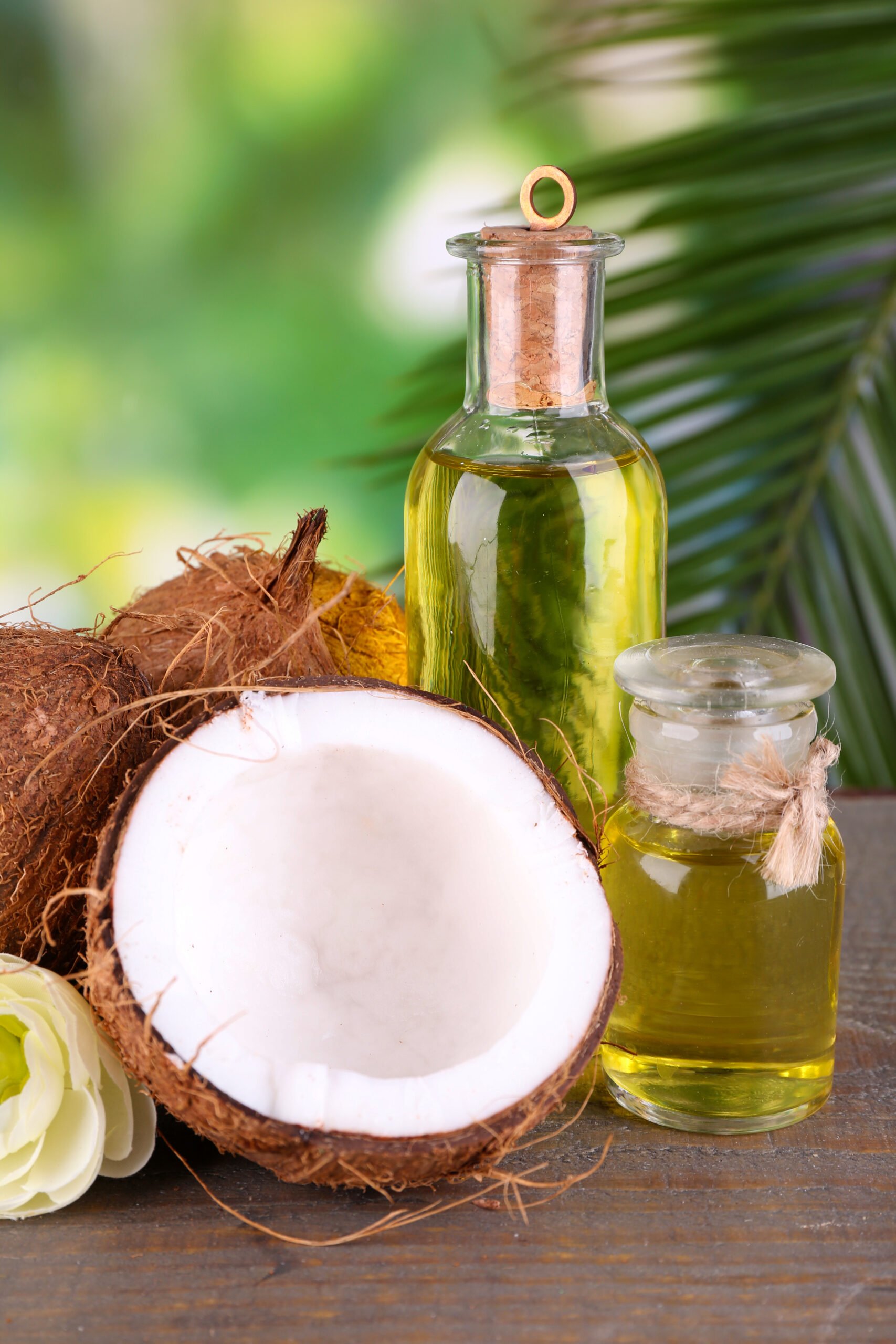
Coconut oil is a widely used cooking and household oil made by extracting fat from coconut meat. It can be produced from fresh coconut (wet processing) or dried coconut kernels, also called copra (dry processing). The type of processing determines its flavor and aroma:
-
Virgin or unrefined coconut oil keeps more of the natural coconut taste and scent.
-
Refined coconut oil has a milder flavor and a higher smoke point, making it suitable for high-heat cooking.
Coconut oil is solid at cooler room temperatures and melts easily with warmth, which makes it versatile for both food and personal care uses. It has been a staple in tropical regions for centuries where it is used for frying, baking, skin moisturization and hair care.
Today, coconut oil continues to be valued in kitchens and wellness routines because it is stable for cooking, easy to store and compatible with many everyday needs.
Quick facts
- Source: Pressed from coconut meat
- Forms: Virgin (unrefined) and refined
- State: Solid when cool, liquid when warm
- Flavor: Mild coconut (unrefined) or neutral (refined)
- Best for: Frying, baking, sautéing, basic skin and hair care
- Smoke point: ~175°C unrefined, ~205°C refined
- Storage: Cool, dark place; stable without refrigeration
Popular Forms You’ll Find It In
Coconut oil likes to keep things interesting—it comes in more than one form, and each has its own charm.
- Virgin (Unrefined) Coconut Oil:
Cold-pressed from fresh coconut meat. It smells like coconut, tastes like coconut, and is usually used for beauty routines or recipes that can handle its flavor. - Refined Coconut Oil:
Made from dried coconut (copra) and processed to remove the strong scent and taste. It’s great for high-heat cooking when you don’t want that coconut aroma. - Fractionated Coconut Oil:
A lightweight, liquid version with most long-chain fatty acids removed. It stays liquid at all temperatures and is mostly used in skincare and massage oils. - Coconut Oil Blends:
Sometimes mixed with other oils or ingredients—check labels if you’re looking for 100% pure.
Flavor Profile
Virgin coconut oil has a mild coconut aroma and a light, creamy taste. It works best in dishes where a hint of coconut is welcome, such as curries, baked goods and tropical recipes. Refined coconut oil has a more neutral flavor because the refining process removes most of the coconut scent and taste. This makes it suitable for high-heat cooking or dishes where added flavor is not desired.
Culinary Uses Around the World
Coconut oil plays a flavorful role in kitchens across the globe:
- In Southeast Asia, it's used for stir-frying, sautéing, and flavoring curries and rice dishes.
- In the Caribbean, it gives richness to stews, seafood, and traditional bakes.
- In vegan and dairy-free cooking, it’s a butter substitute in baked goods, spreads, and even coffee.
- In Western kitchens, it’s often used in granola, smoothies, or to grease pans for a subtle, tropical touch.
Thanks to its high smoke point and rich texture, it works in both sweet and savory recipes—from flaky crusts to crispy stir-fries.
Cooking With Coconut Oil
Coconut oil isn’t fussy—but a few smart tips can make a big difference in the kitchen:
- Use refined coconut oil for high-heat cooking like frying or roasting. It has a high smoke point and a neutral taste that won’t overpower your dish.
- Choose virgin coconut oil when you want that subtle coconut flavor—perfect for curries, pancakes, or baking.
- Swap it for butter or other oils in most recipes, 1:1. It solidifies when cool, so melt it first when baking.
- For crispy textures, like in sautéed vegetables or granola, coconut oil adds both crunch and aroma.
It may take a little experimenting to find your favorite use—but once you do, it’s hard not to reach for that jar again and again.
Coconut Oil in Daily Self-Care Rituals
Coconut oil may not be flashy, but it’s a self-care classic for a reason.
- Moisturizer: A small dab can soften elbows, knees, cuticles—or act as a full-body hydrator after a shower.
- Hair Care: It may help reduce frizz, add shine, or work as an overnight mask for dry ends. (Source)
- Lip Balm & Makeup Remover: It gently melts away makeup and hydrates lips without the fuss.
- Oil Pulling: An old tradition where you swish coconut oil to help support oral hygiene. (Source)

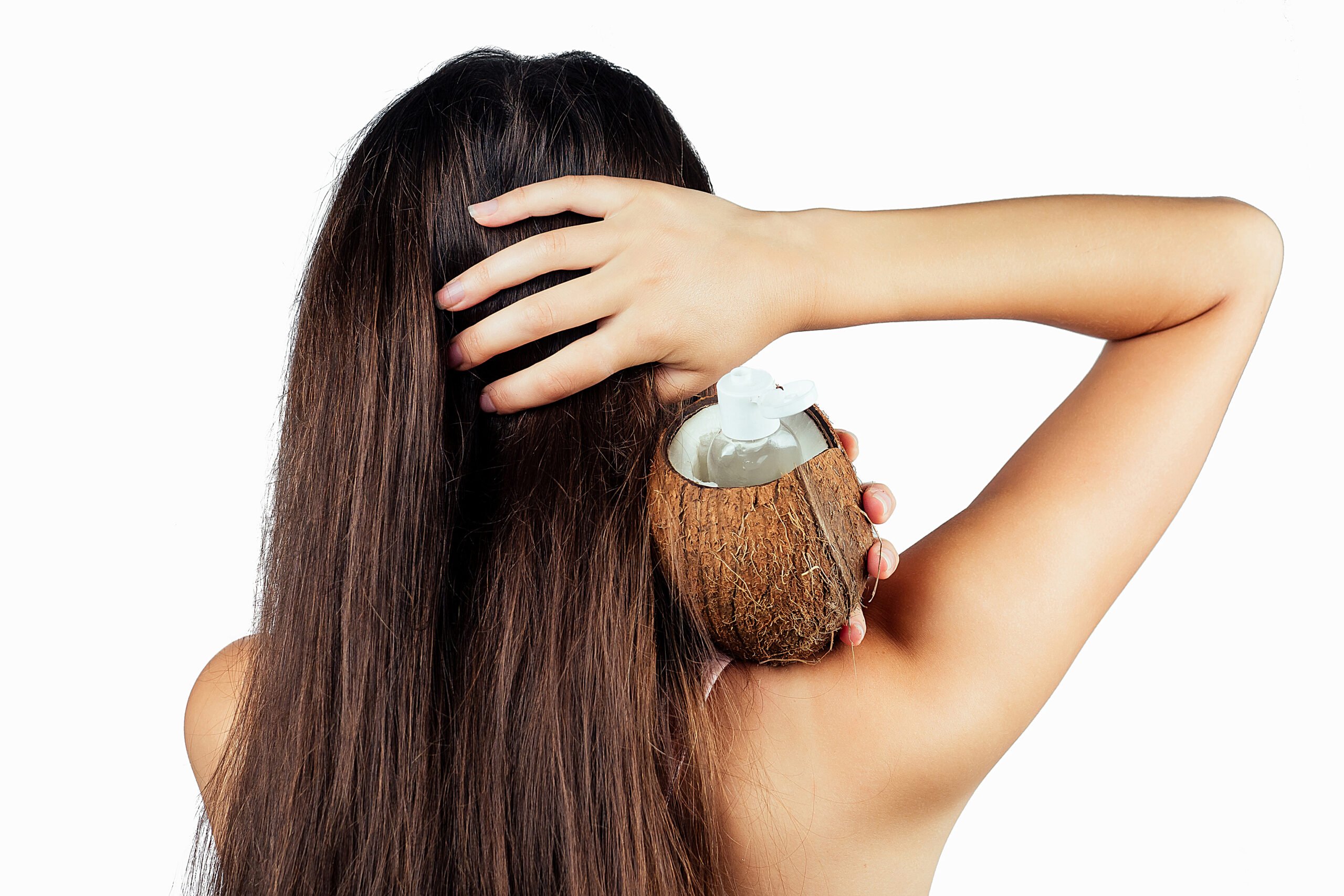

Flavor Pairings
Coconut oil has a gentle richness that works beautifully in both sweet and savory recipes. It pairs especially well with:
- Tropical fruits like pineapple, mango, and banana
- Warming spices such as cinnamon, cardamom, ginger, and turmeric
- Dark chocolate, cocoa, and vanilla
- Curry powders, lemongrass, garlic, and lime
- Grains like oats, rice, and quinoa
Its mild flavor adds depth without overpowering—making it a secret weapon in everything from baked treats to spicy stir-fries.
How to Store It Right
Coconut oil is pretty low maintenance—but a little care goes a long way.
- Keep it in a cool, dark place, like a pantry or cabinet—no fridge needed.
- Avoid moisture: Always use a dry spoon or clean hands to scoop it out.
- Seal the jar tightly after each use to keep out dust and bugs.
- Expect texture changes: It melts when warm and solidifies when cool—that’s totally normal.
Stored well, it can last up to two years without going bad.
Nutritional Value (Per Teaspoon)
- Calories: ~39
- Total Fat: ~4.5g
- Saturated Fat: ~3.5g
- Monounsaturated Fat: ~0.3g
- Polyunsaturated Fat: ~0.1g
- Carbohydrates: 0g
- Protein: 0g
- Cholesterol: 0mg
- Vitamins & Minerals: Trace amounts of vitamin E and iron
Health Benefits of Coconut Oil
Coconut oil isn’t a miracle cure—but it may offer a few useful perks when used in moderation.
- It may support skin health
Thanks to its moisturizing properties, it can soothe dry skin and may help improve skin barrier function (Source). - It may have antimicrobial effects
Coconut oil contains lauric acid, which can help fight certain bacteria and fungi (Source). - It may boost hair shine and reduce breakage
Used as a pre-wash or leave-in, it may protect hair from protein loss (Source). - It may promote satiety
Some studies suggest coconut oil might help you feel fuller longer, potentially aiding appetite control (Source). - It can support oral hygiene
Used in oil pulling, it may help reduce harmful mouth bacteria and improve breath (Source).
Keep in mind: most of these benefits come from external use or small quantities in cooking—not large doses.
Potential Health Risks
While coconut oil has its perks, it’s still high in saturated fat—and that matters.
- It may raise LDL (bad) cholesterol
Some studies show that regular use can increase LDL levels, which could impact heart health (Source). - Too much may lead to weight gain
Like any fat-rich food, it’s calorie-dense. A few extra spoonfuls daily can quietly add up (Source). - Not ideal for all skin types
Though great for dry skin, coconut oil may clog pores or trigger breakouts in acne-prone or sensitive skin (Source).
Moderation is key—both in your meals and your skincare.
Final Thoughts
Coconut oil continues to be a practical choice in both cooking and daily care. Its stability at high heat makes it useful for frying and sautéing, while its easy-to-melt texture works well in baking and homemade skincare. The availability of both virgin and refined types allows you to choose how much coconut flavor you want in a dish.
Whether kept in the kitchen or the bathroom cupboard, coconut oil offers a straightforward way to cover many everyday needs with one ingredient.
FAQs
1. Is coconut oil good for cooking every day?
It can be, especially for sautéing or baking. But due to its saturated fat content, it’s best used in rotation with other healthy oils like olive or avocado oil.
2. Can I use coconut oil on my face daily?
It depends on your skin type. It may help dry or flaky skin but can clog pores for acne-prone individuals.
3. What’s the difference between virgin and refined coconut oil?
Virgin coconut oil is less processed and retains its natural coconut aroma. Refined is neutral in taste and better for high-heat cooking.
4. Does coconut oil go bad?
Yes, but it takes a while. Stored properly, it can last up to 2 years. If it smells sour or has mold, toss it.
5. Can coconut oil help with weight loss?
Some early studies suggest it may support satiety, but it’s not a magic fat burner. Moderation is key.
Learn More About Coconut Oil
Wikipedia – Coconut Oil
This article is providing a comprehensive overview of coconut oil, including its production, chemical composition, culinary and industrial uses, and health debates. It also discusses the oil’s saturated fat content and the differing views on its health effects based on scientific studies.
Healthline – Effects of Coconut Oil on Your Health
This article outlines potential health benefits of coconut oil based on scientific evidence. It covers topics like how coconut oil may support fat burning, improve heart health, provide quick energy through MCTs, and aid in skin, hair, and dental care.



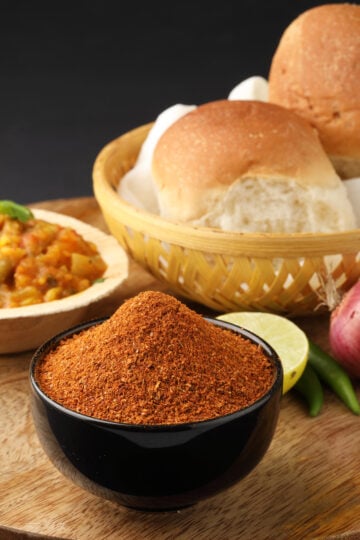
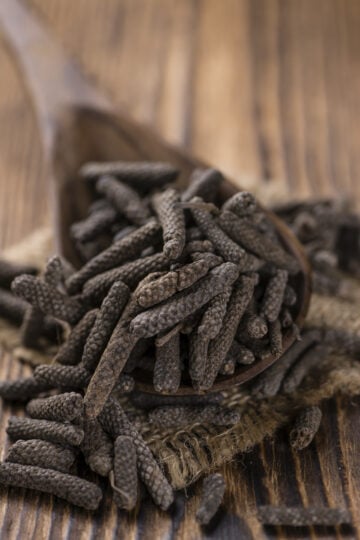
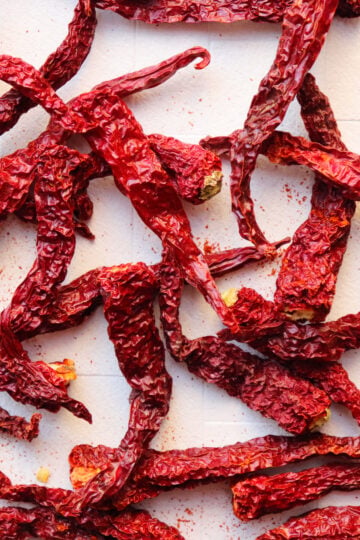
Have a question or something to share? Leave a comment below!